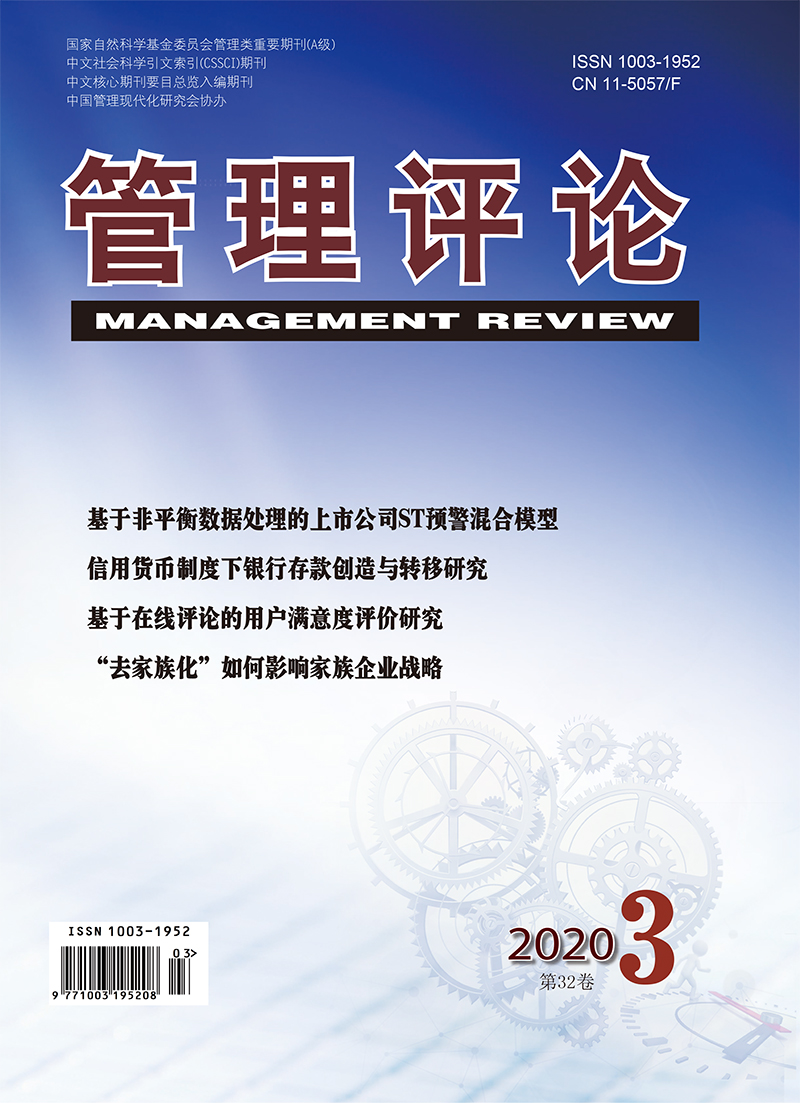Online reviews have an important influence on consumers' purchase decision. In this paper, we empirically research the influence of online reviews on consumers' decision to buy leisure foods, and validate the moderating effect of consumer food safety risk perception between online reviews and purchase decision. Our research shows the online review dimension has a different impact on consumers' purchase decisions. Comment quality, product involvement degree, online comment involvement and comment similarity have a significant positive impact on purchase decisions, and commenter credit reliability has no significant impact on purchase decisions. Contradiction and review effect price have different influences on consumers' purchase decision. When the influence of online review on purchase decision, in consumers' view, is small, the contradiction has a positive influence on consumers' purchase decision, and when the influence is deemed large, the contradiction a negative impact. However, when the evaluation criteria of food tastes differ greatly, the review effect price has no significant influence on consumers' purchase decisions, and when the judgment tends to be consistent, there are positive influences. In addition, consumer food risk perception has a positive moderating effect between the comment quality, review effect price, online comment involvement, comment similarity and purchase decisions, but there is no significant moderating effect between the contradiction, product involvement, consumer credit reliability and purchase decisions.

